 "ttyymmnn" (ttyymmnn)
"ttyymmnn" (ttyymmnn)
08/18/2015 at 22:20 • Filed to: Planelopnik, planelopnik history
 11
11
 7
7
 "ttyymmnn" (ttyymmnn)
"ttyymmnn" (ttyymmnn)
08/18/2015 at 22:20 • Filed to: Planelopnik, planelopnik history |  11 11
|  7 7 |
This is today’s Aviation History Speed Round , getting you caught up on milestones and important historical events in aviation from August 15 through August 18.
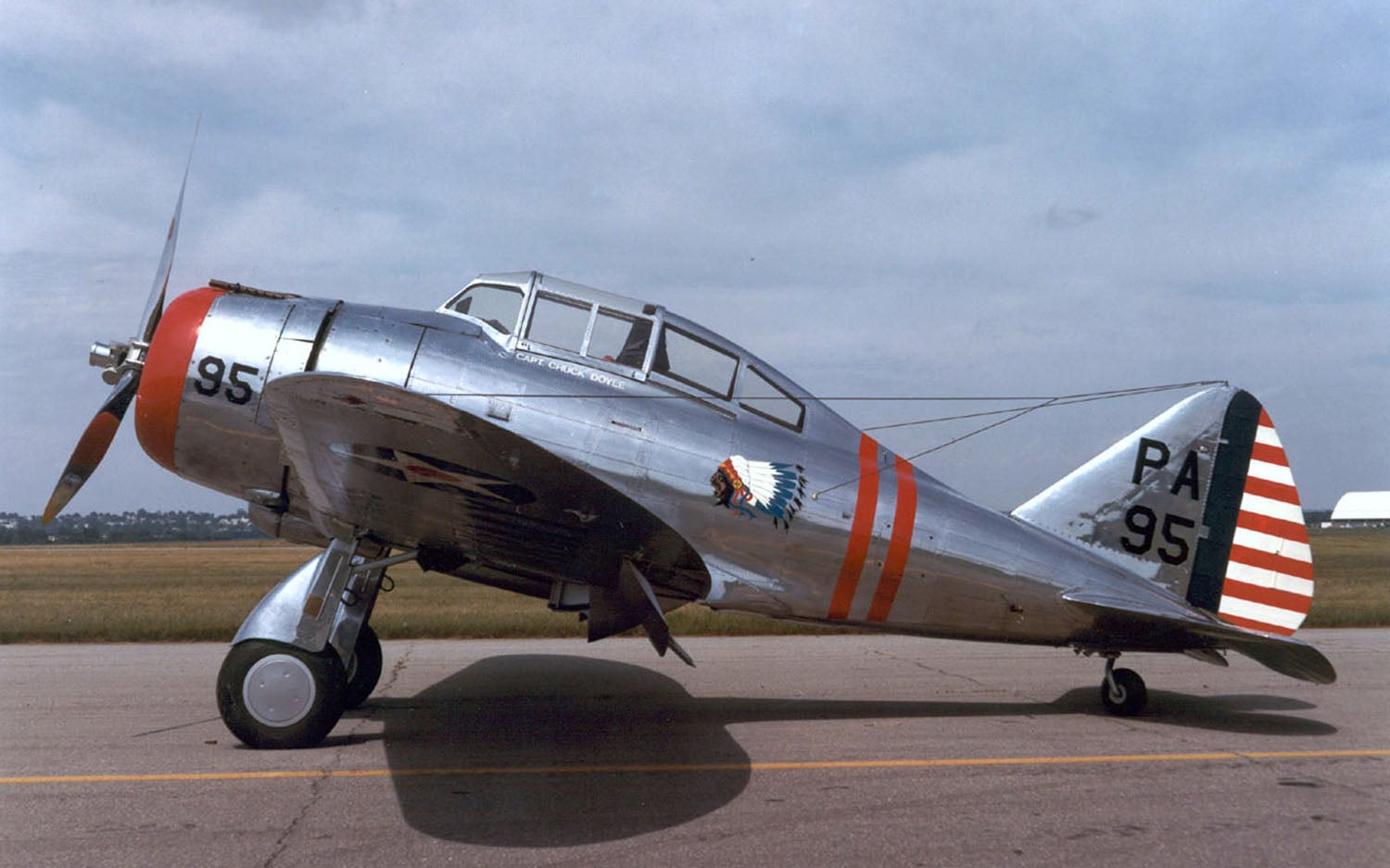
August 15, 1935 – The first flight of the Seversky P-35.
The Seversky P-35 was designed by Alexander Kartveli, possibly one of the greatest aircraft designers that
!!!error: Indecipherable SUB-paragraph formatting!!!
. The period between the World Wars saw rapid development of aircraft design, as airplanes transitioned from fabric-covered wooden or metal framed biplanes with fixed landing gear to all-metal monoplanes with retractable gear and enclosed cockpits. The US Army Air Corps announced a competition in 1935 to develop a new fighter, and both Seversky and Curtiss entered, with Seversky bringing their SEV-1XP and Curtiss fielding their Model 75 (P-36). Delays in the competition lead to more entries by Vought and Consolidated, but the SEV-1XP was declared the winner, despite its inability to reach the target speed of 300 mph. The USAAC gave Seversky an order for 77 copies of the new fighter in June 1936, which featured landing gear that retracted straight back and remained partially exposed but covered by an aerodynamic fairing, and two machine guns, one .30 caliber and one .50. This arrangement was woefully inadequate by the standards of the day, but the Air Corps doggedly stuck with the configuration. Hardpoints on the wings allowed the P-35 to carry thirty 10-pound bombs. In addition to the USAAC order, Seversky developed an export model called the EP-1 that was purchased by Sweden, but the outbreak of war caused deliveries to cease and the Air Corps took over the planes, designating them P-35A. The A model featured a more powerful Twin Wasp engine with 1,050 hp that could pull the P-35A to 305 mph, and armament was upgraded to two .50 caliber machine guns in the nose and two .30 caliber guns in the wing roots. The P-35 saw action over the Philippines early in WWII, but they were hopelessly outclassed by modern Japanese designs and fought ineffectively. Seversky would change its name to Republic Aviation in 1949, and while the P-35 proved inadequate for modern warfare, the aircraft would form the basis for the P-43 Lancer, and later the P-47 Thunderbolt, one of the best fighters of the war.
(USAF Photo)
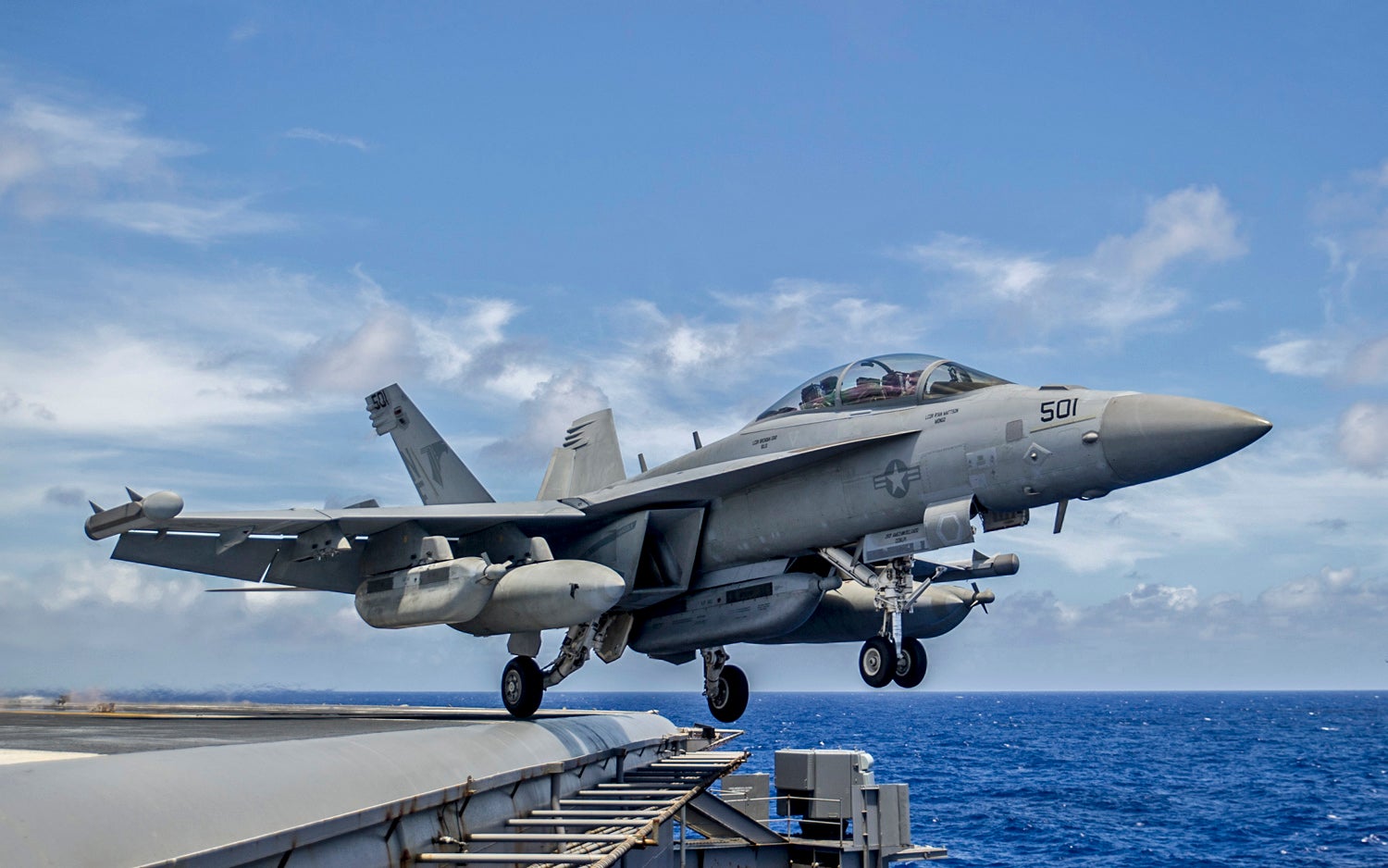
August 15, 2006 – The first flight of the Boeing EA-18G Growler.
Electronic warfare, either using weapons that home in on electronic signals from the enemy to destroy those assets, or to jam enemy electromagnetic signals such as radar, has been an increasingly imporatant aspect of modern warfare. The US Navy has relied on the Northrop Grumman EA-6B Prowler, a variant of the A-6 Intruder, since its introduction to service in 1971. But despite the excellent service of that platform, the Navy began to look for a replacement aircraft, and one that would share commonality with other assets in the fleet. So they turned to Boeing to develop their F/A-18F Super Hornet into a dedicated electronic warfare platform. Development of the EA-18G began with an initial test aircraft that was fitted with an ALQ-99 electronic-warfare system to create the first EA-18 Airborne Electronic Attack (AEA) concept aircraft. Despite some political misgivings over the cost of the program, and some concerns in early development over the maturity of the systems, orders were placed with Boeing that will bring the total number of Growlers to 114. In addition to its service with the US Navy, the Growler flies with the Royal Australian Air Force, who purchased 12 aircraft. With essentially the same performance as the other F/A-18F Super Hornets, the Growler is capable of accompanying strike aircraft during an entire mission and provide radar jamming protection and targeting information, as well as air-to-air missiles and anti-radiation missiles that can home in on sources of radiation on the ground. Future developments will allow a trio of Growlers to work together and triangulate on a ground target without any active radiation output of their own. The Growler saw its first combat in the skies over Libya during Operation Odyssey Dawn in March 2011.
(Photo by Specialist 3rd Class Bryan Mai, US Navy)
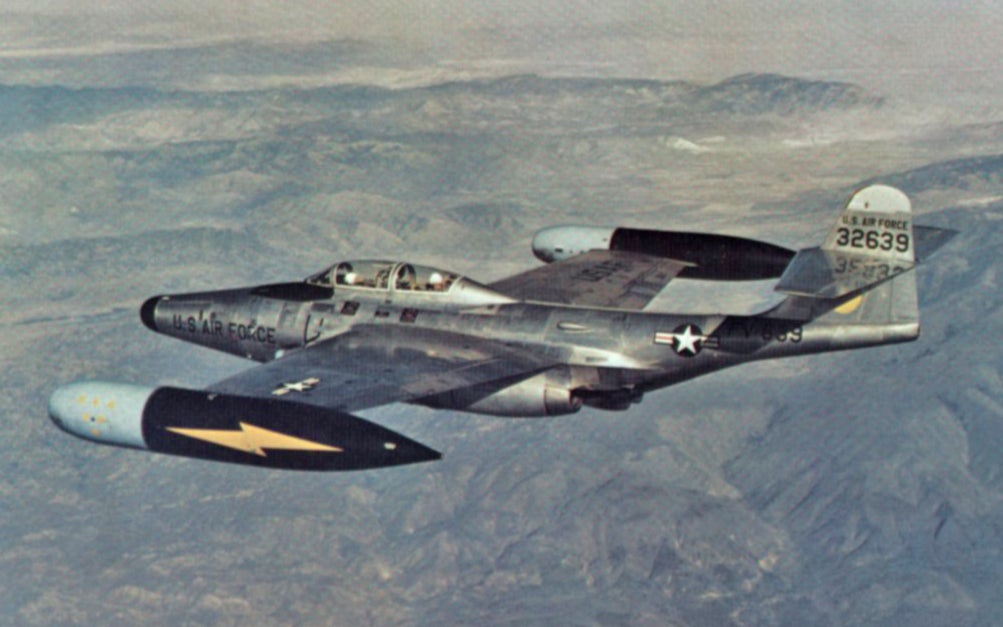
August 16, 1948 – The first flight of the Northrop F-89 Scorpion.
In the early years of jet fighter development, racking up “firsts” is inevitable, such as the first jet to see combat, or the first jet to score an air-to-air kill. The Northrop F-89 Scorpion managed a couple of firsts, beginning with its being the first aircraft designed specifically for all-weather missions. Beginning in 1945, the US Army Air Forces (soon to become the US Air Force in 1947), began looking for a replacement for the
!!!error: Indecipherable SUB-paragraph formatting!!!
night fighter. Requirements called for an aircraft that was heavily armed with both rockets and machine guns, some in movable turrets, and a speed of 530 mph. While they did not specify jet propulsion, the desired speed all but dictated it. The USAAF received proposals from Bell, Consolidated-Vultee, Douglas, Goodyear, Curtiss-Wright, and four submissions from Northrop. Two finalists were chosen, the Curtiss-Wright XP-87 and one of the Northrop designs, the N-24. Though originally designed with a swept wing, Northrop redesigned the fighter after the Air Force expressed concerns about early mock ups, adopting a thin straight wing that was capable of carrying greater loads, pilots sitting in a closer tandem position, and permanent wingtip fuel tanks. Plans for the movable turrets were dropped in favor of a more traditional mounting of machine guns. Production of the F-89A was approved in 1949, but development continued at a rapid pace and only 18 of the early models were produced before the introduction of the F-89B. Later upgrades saw the introduction of the F-89D, which added wingtip pods that carried fuel as well as 52 Mighty Mouse rockets per wing. This was the major production model of the Scorpion, and 682 were built. But the Scorpion wasn’t done with its firsts. A later derivative of the D model was the F-89J which could be armed with two unguided Genie nuclear rockets, and the Scorpion became the first aircraft to fire such a weapon in July 1957. The Scorpion served the Air Force throughout the 1950s, before being relegated to Air National Guard units, and was retired in 1969.
Short Take Off
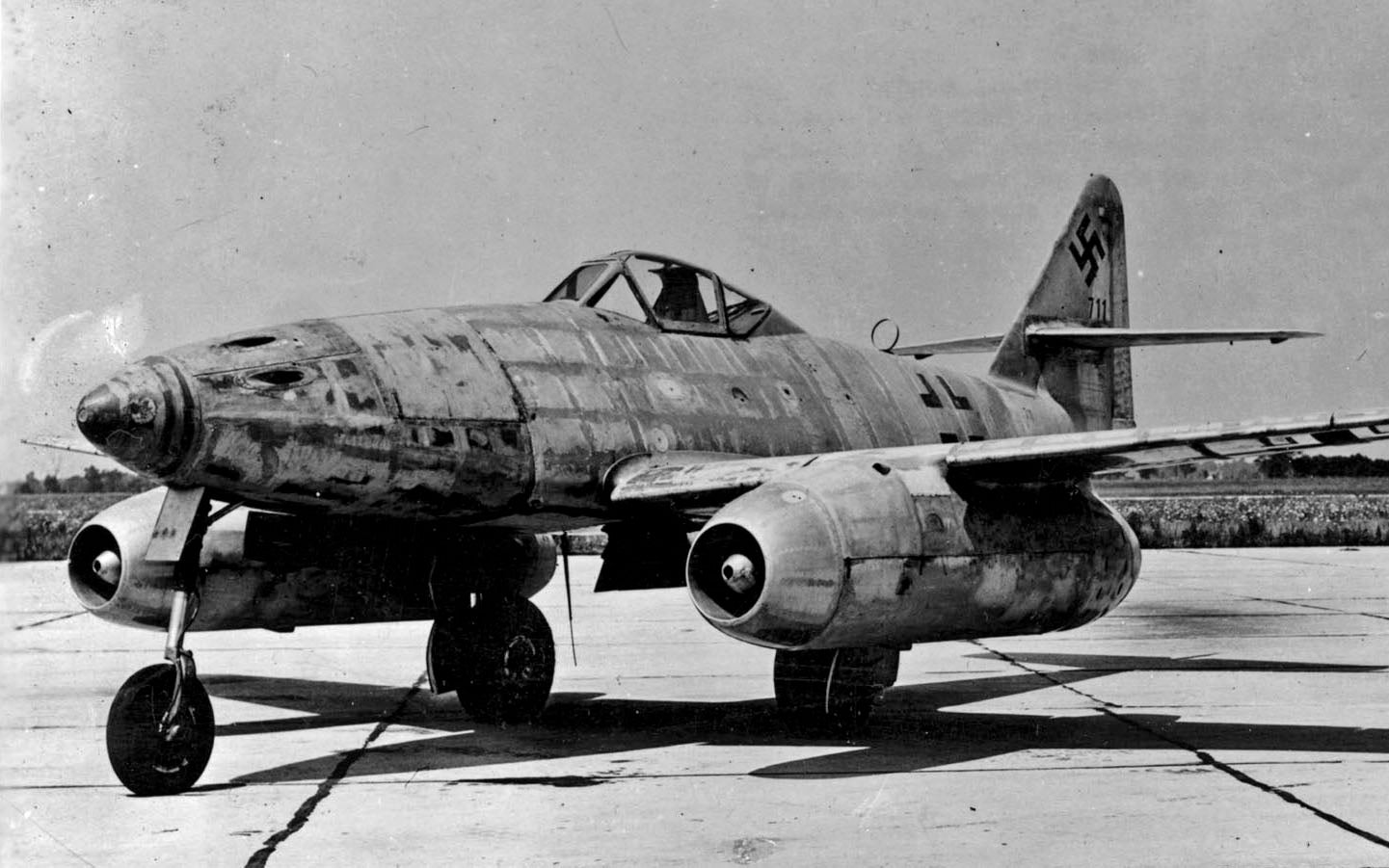
August 15, 1944 – The first air-to-air victory by a jet is scored when Feldwebel Helmut Lennartz, flying a Messerschmitt Me 262, shoots down a Boeing B-17 Flying Fortress.
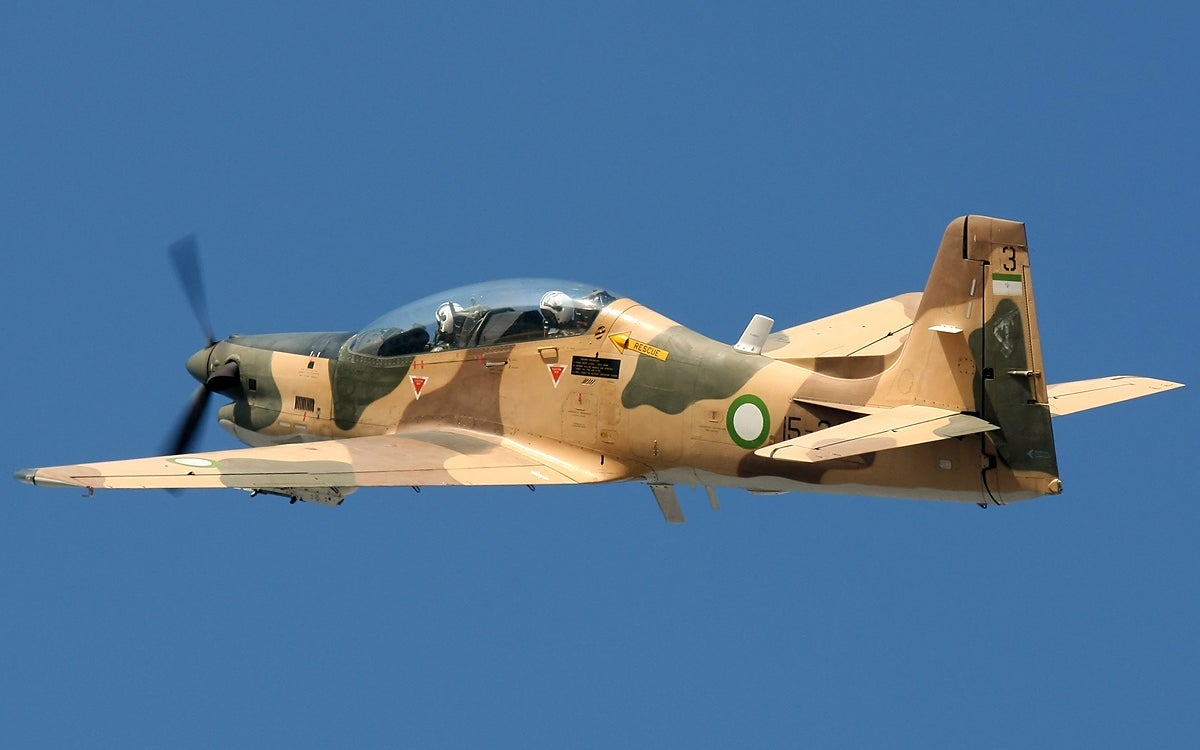
August 16, 1980 – The first flight of the Embraer EMB 312 Tucano, a low-cost, turboprop-powered tandem basic trainer that can also be fitted with weapons for ground attack and counterinsurgency roles. (Photo by Shahram Sharifi via !!!error: Indecipherable SUB-paragraph formatting!!! )
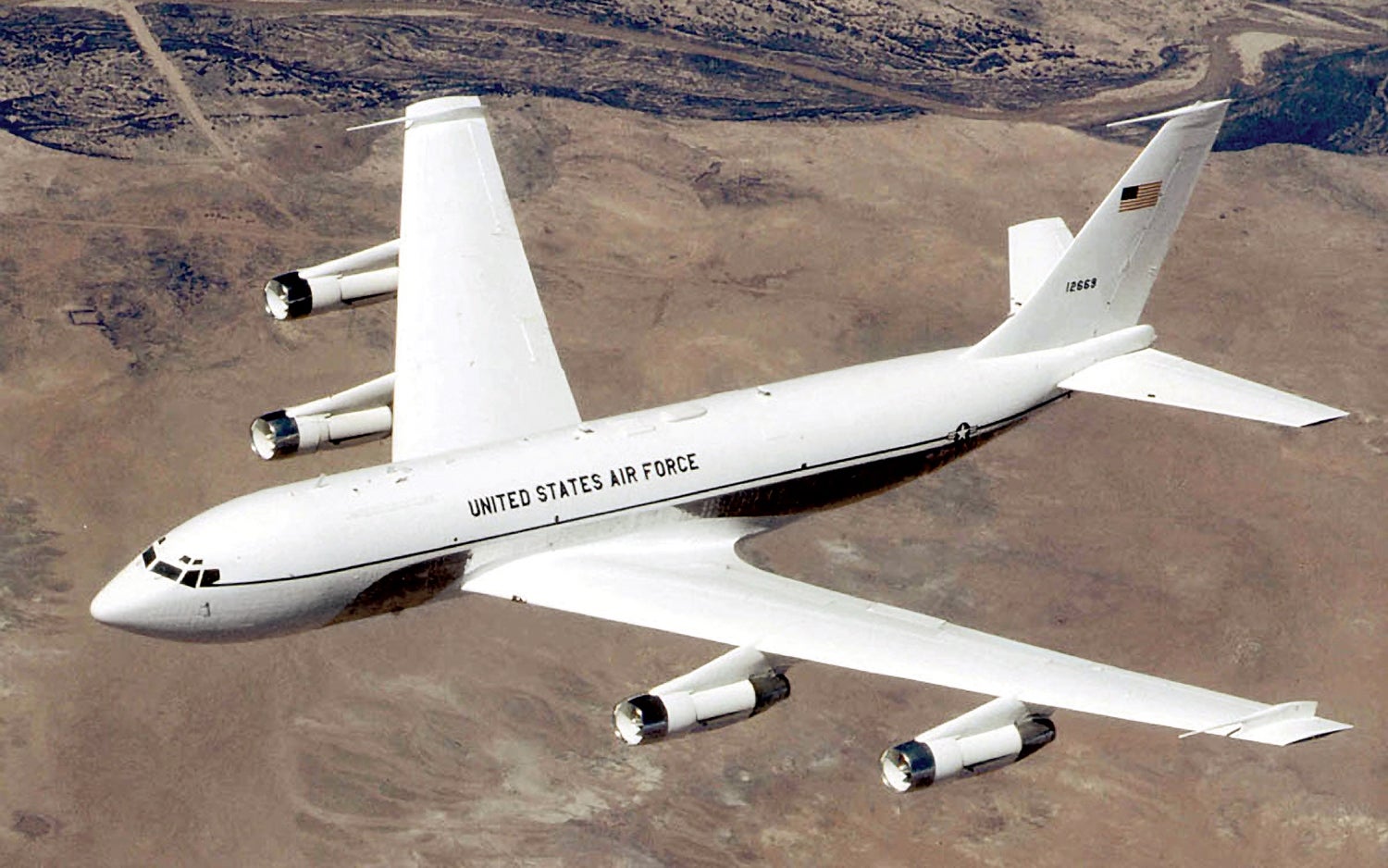
August 17, 1956 – The first flight of the Boeing C-135 Stratolifter.
The Stratolifter is based on the Boeing 367-80, the prototype of the 707 passenger airliner. Introduced in 1957, the C-135 provides mainly transport duties, while other airframes have been modified for special service missions.
(USAF Photo)
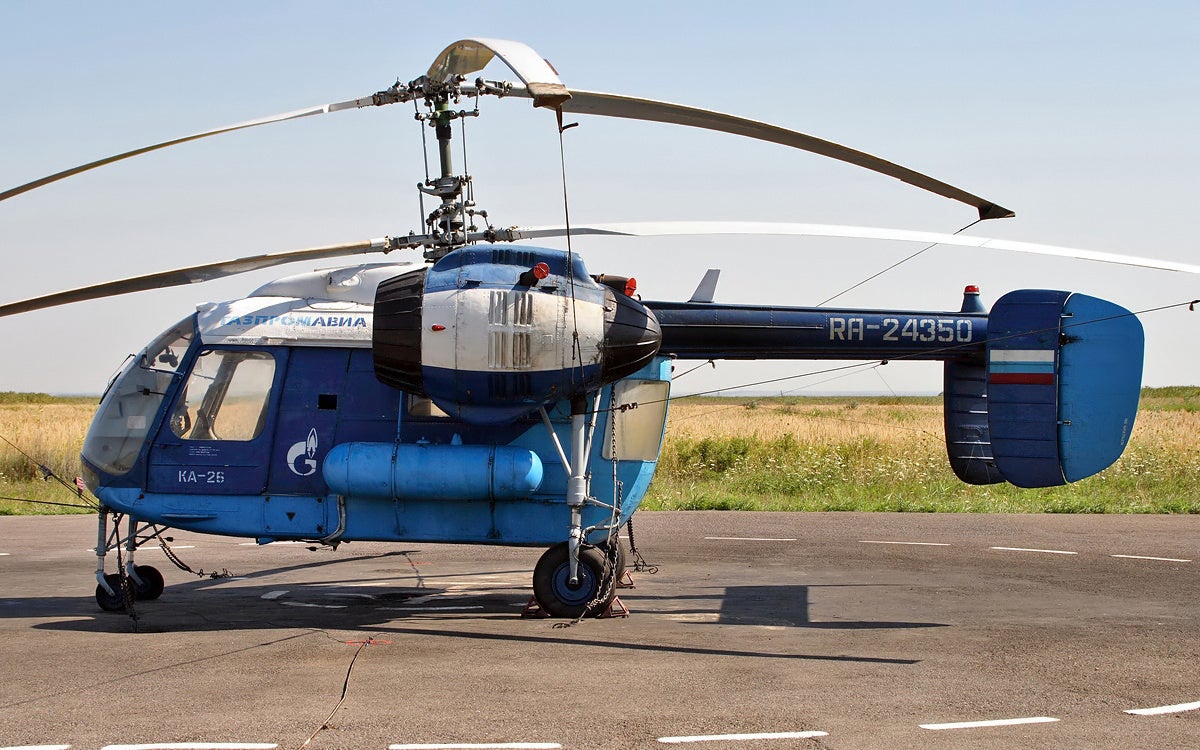
August 18, 1965 – The first flight of the Kamov Ka-26. The Ka-26 is a light-duty ulitlity helicopter featuring Kamov’s trademark co-axial, counter-rotating rotors which eliminate the need for a tail rotor. Produced until 1985, over 800 examples were built and served mostly in Eastern Bloc nations. (Photo by Igor Dvurekov via !!!error: Indecipherable SUB-paragraph formatting!!! )
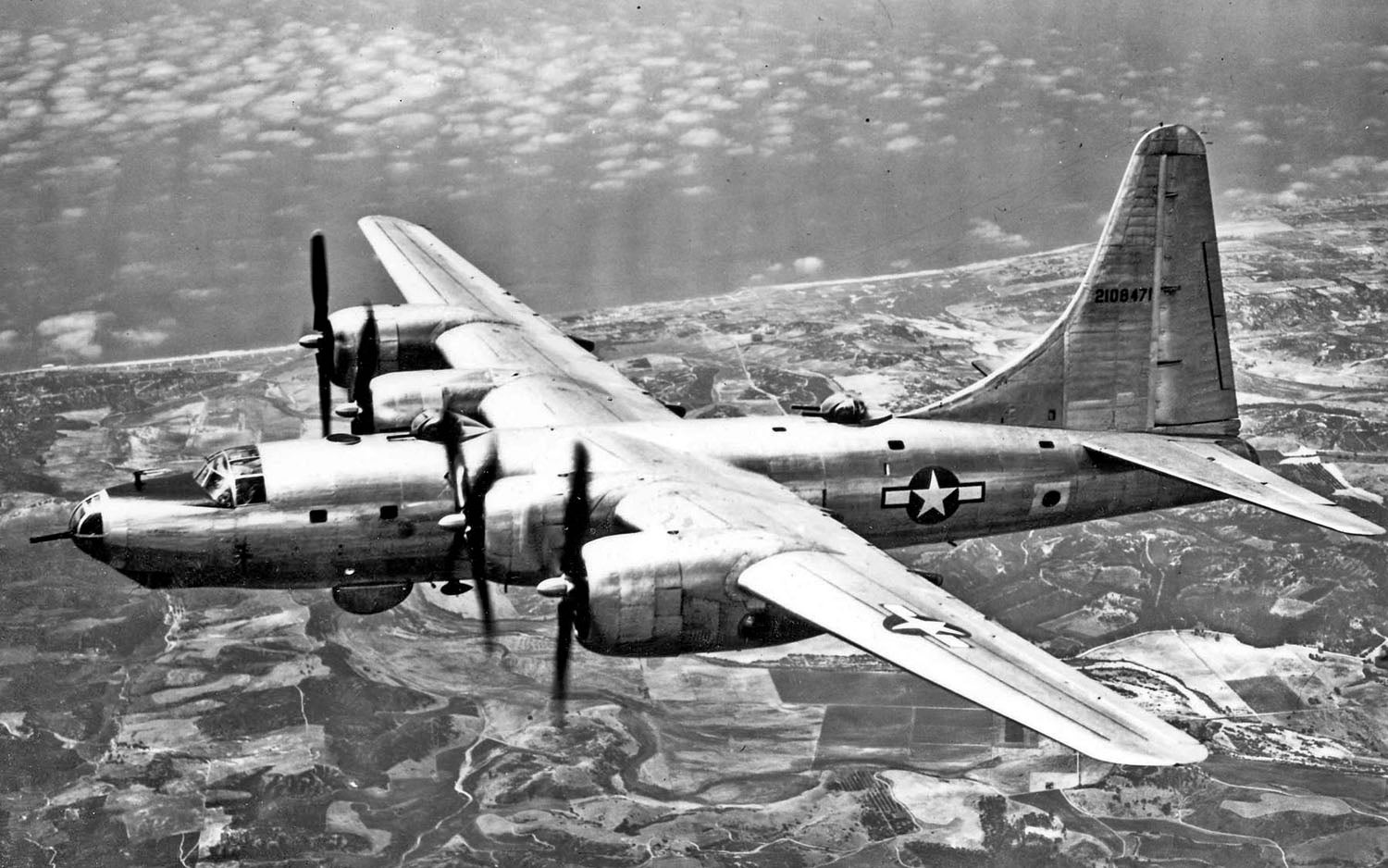
August 18, 1945 – The US suffers its last air combat casualty of WWII , when Sergeant Anthony Marchione, a photographer’s assistant flying in a Consolidated B-32 Dominator on a reconnaissance mission over Tokyo, is killed when his plane is attacked by Japanese fighter aircraft.
•••••••••••••••••••••••
If you enjoy these Aviation History posts, please let me know in the comments. And if you missed any of the past articles, you can find them all at !!!error: Indecipherable SUB-paragraph formatting!!! .
Unless otherwise credited, all photos are, or are believed to be, Public Domain, ownership could not be determined, or were taken by the author.
 MonkeePuzzle
> ttyymmnn
MonkeePuzzle
> ttyymmnn
08/18/2015 at 13:46 |
|
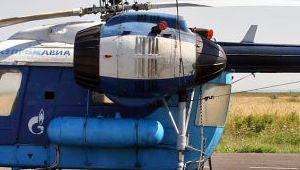
what an awkward, but cool, helicopter
 ttyymmnn
> MonkeePuzzle
ttyymmnn
> MonkeePuzzle
08/18/2015 at 13:50 |
|
The NATO reporting name is “Hoodlum.”
 coelacanthist
> ttyymmnn
coelacanthist
> ttyymmnn
08/18/2015 at 13:55 |
|
These are some of my favorite recurring posts, keep them coming and thank you. That p35 is one gorgeous piece of aircraft.
 MonkeePuzzle
> ttyymmnn
MonkeePuzzle
> ttyymmnn
08/18/2015 at 13:56 |
|
a perfect name
 ttyymmnn
> coelacanthist
ttyymmnn
> coelacanthist
08/18/2015 at 14:07 |
|
Thanks for the kind words. When I was a kid, leafing through my book of
US fighters
, I looked at those early Seversky planes and thought they looked kind of dorky. I mean, just LOOK at that P-36! What a beauty! And it lost to the P-35?? But as I’ve gotten older, I’ve come to appreciate the P-35 as a part of an era, and see it beyond simple aesthetics. The ‘30s was such an amazing and exciting decade for aviation. And I’ve come to see the P-35 as a beautiful little plane, and I never realized until I wrote this article just how
short
the fuselage is!
 coelacanthist
> ttyymmnn
coelacanthist
> ttyymmnn
08/18/2015 at 14:58 |
|
You are so right. Planes from the 30s are like a glimpse into an alternate future. The staggerwing comes to mind as well.
 RallyWrench
> ttyymmnn
RallyWrench
> ttyymmnn
08/18/2015 at 23:25 |
|
Highly informative, as always. Thanks!